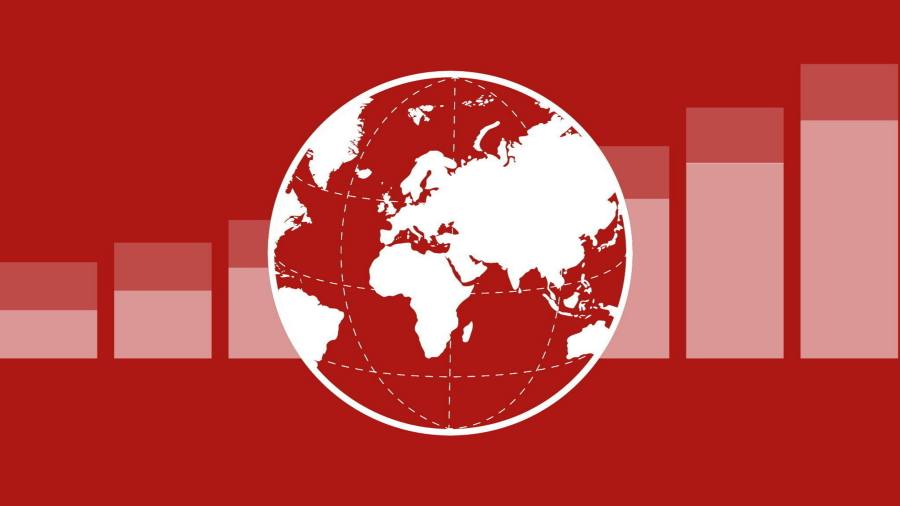US stocks rose on Friday as Treasury yields dropped from recent highs and investors weighed the latest economic data at the end of a week in which the outlook for interest rates has remained in sharp focus.
The blue-chip S&P 500 was up 1.5 per cent on Friday afternoon in New York, and the tech-heavy Nasdaq Composite jumped 1.9 per cent. The S&P 500 is up 1.9 per cent over the past five sessions and on track to end a three-week losing streak.
The US ISM non-manufacturing purchasing managers’ index for February had a reading of 55.1, above expectations of 54.6.
“The economy is off to a decent start to 2023 and overall looks more resilient to high interest rates than expected,” said Bill Adams, chief economist at Comerica Bank. “Over time, margin pressures will slow hiring and likely cause the unemployment rate to tick higher, but surveys show little sign of this yet.”
Data released on Thursday showed jobless claims fell to 190,000 in the week ending February 25, fewer than the 195,000 predicted, and below expectations for the seventh month in a row, indicating a persistently tight labour market.
Investors will be closely watching next week’s payroll report and unemployment figures.
“Although we’re expecting payrolls to not be as strong as last month — a more modest 200,000 — it will still be very strong and give us the best signal of supply and demand balances,” said Seema Shah, chief global strategist at Principal Asset Management. “We need to reassess and understand how much wage pressure has faded, and given that inflation expectations have increased we could see a very sticky picture over the next three to six months.”
Markets were also buoyed by comments from Atlanta Federal Reserve president Raphael Bostic, who said on Thursday that he favoured a “slow and steady” approach to raising rates, but was open to supporting higher increases if economic data continued to be strong.
US Treasury yields slipped after hitting their highest level in years on Thursday. Two-year notes, which are more sensitive to monetary policy, fell to 4.86 per cent after hitting 4.94 per cent, their highest since 2007, on Thursday. Ten-year notes dropped to 3.96 per cent. Bond prices rise when yields fall.
For much of February, investors were rattled by a series of stronger than forecast economic data points, which spurred fears that the big central banks will keep interest rates higher for longer to combat lingering inflation.
“Equity markets now look to be responding more to the brightening growth outlook, which means they are likely in a better place to absorb the prospect [of further rate increases],” said analysts at Barclays.
In Europe, the region-wide Stoxx 600 and France’s Cac 40 both closed 0.9 per cent higher, ending the week up 1.4 per cent and 2.2 per cent respectively. The UK’s FTSE 100 was flat. Germany’s Dax gained 1.6 per cent after the S&P Global composite purchasing managers’ index data for the eurozone’s largest economy was revised lower from 51.1 to 50.7. The index finished the week up 1.5 per cent.
Final European S&P composite purchasing managers‘ index data was revised down on Friday from 52.3 to 52. However, both readings still indicated an expansion in activity over the previous month.
“That adds to the sense that the data is improving and that the economic outlook in the eurozone has improved,” said Neil Shearing, group chief economist at Capital Economics. “But since it’s been revised down it will temper some optimism.”
Figures on Tuesday showed stronger than expected inflation data from France and Spain, two of the eurozone’s largest economies.
Yields on 10-year German government bonds fell 0.03 percentage points to 2.69 per cent.
The dollar index, which measures the greenback against six peer currencies, fell 0.4 per cent. The euro was up 0.3 per cent, while sterling was 0.8 per cent higher against the greenback.
Brent crude oil was up 1.3 per cent at $85.87 per barrel, and WTI, the US equivalent, gained 2 per cent to $79.79.
Read the full article here



